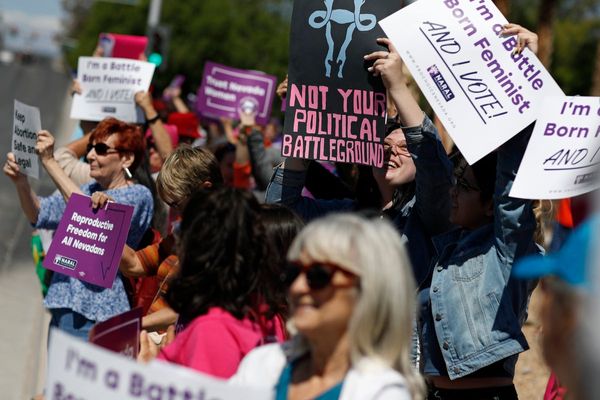
We must respond, rather than react, to what is happening within our communities and understand why young people are engaged in crime
Growing concern that our young people and children are becoming involved in crime has led to calls for harsher punishment and increased policing in reaction to the current ram raids and burglaries across the country.
It is easy to look on from the outside and assume these are just bad kids who need to be punished. The problem is that a punishment-driven reaction to the challenge will not work.
If we want to prevent young people becoming involved in crime in the first place, we must respond, rather than react, to what is happening within our communities. And that means understanding why young people are engaged in these activities and responding accordingly.
Over the past decade I've served a diverse range of rangatahi (both rich and poor), many who've gotten on the "wrong side of the law". Here are some things I've learned. 1. There are no 'bad kids' out there, only hurt ones. No matter how tough, scary, big, or bad, a young person may seem to you, when you take time to listen and hear what's going on under the surface, the reality is a child who is hurting and just asking to be seen. 2. Rich or poor, when young people feel disconnected from their whānau and community, ostracised and othered, they are more likely to become involved in crime. This disconnection can happen as a result of community’s scapegoating young people and expecting little of them (something we’re seeing play out in public discourse). It also occurs when young people don't have adults other than their parents who are involved and invested in them. For young people to thrive, it's important they feel they belong, they matter, and they have people who care about them. 3. Disability (specifically fetal alcohol spectrum disorders, FASD), and lack of specialised support for whānau and young people with disabilities has been a factor for a lot of the young people I have served. The failure to support these young people and their whānau, often leaves whānau struggling, and young people vulnerable. Support for young people and whānau with FASD is a huge gap, and it is this lack of support that means far too many young people with FASD end up involved in crime, or experiencing homelessness. Again, a reminder that punishment as prevention is a far too simplistic a "solution". 4. Mental health and lack of support for young people and whānau experiencing depression, anxiety, and other complex mental health challenges is often also a factor. If we fail to provide people with support to manage the complexity of their lives, they will find ways to survive. It may sound weird, but I've met so many young people who got involved in burglaries and carjacking as a way to cope with the anxiety and depression they were experiencing. It may not seem rational, but when a person is suffering and finds a strategy that can ease the pain, they'll use that strategy. For some young people, taking risks, stealing cars, or doing a burglary becomes one of those strategies. 5. Addiction is often another factor here. Now, it's important to note, that when our young people are using alcohol or other drugs, often again this is a survival mechanism. When a young person is in pain, when they're experiencing mental illness, when they lack the support and resources to cope and heal from these things, they find ways to survive. Often alcohol and other drugs end up filling the void. 6. Poverty, homelessness, and desperation also play a role for those young people from lower socioeconomic communities. We're talking about young people who have nothing, who are struggling to survive, and who have been abandoned by the state and rejected by our communities. Soundbite solutions such as harsher punishment and more police don't work because they fail to respond to what is going on beneath all this stuff. We cannot punish our way out of any of this. If we are serious about prevention, then we need to take the time to listen and understand why our children are putting themselves in these situations. And then we need to respond accordingly.
So, let’s get serious about responding to crime in our community by ensuring everyone has the right to housing, liveable incomes and access to the holistic health, disability, and mental health services they need to thrive. Let’s invest in our people and our communities, providing them with the resources they need to hold and heal their own. Let’s flood our community with youth workers who are equipped to build spaces of belonging, connection and inclusion. And let’s provide aroha and manaaki to those who are suffering, choosing to respond to the cry for help that is before us, choosing love over fear. A 'lock 'em up and throw away the key' approach fails to prevent crime. It doesn't make our communities safer, and, in the end, it exacerbates the harm our communities experience. The only way we will prevent these crimes is to respond out of love rather than react out of fear.







